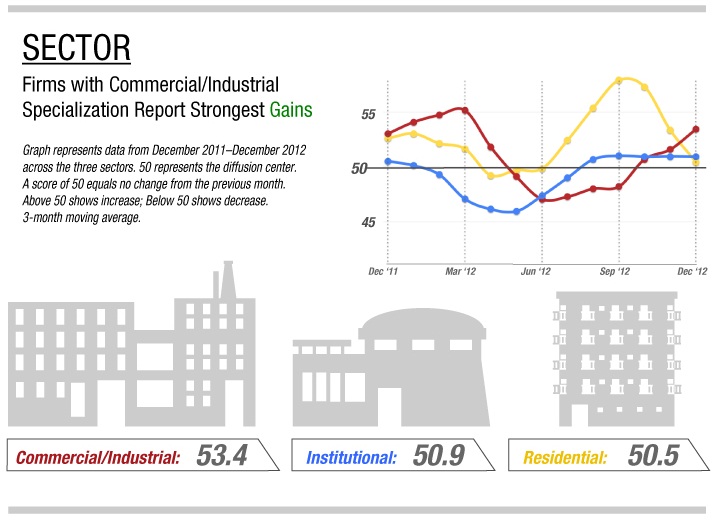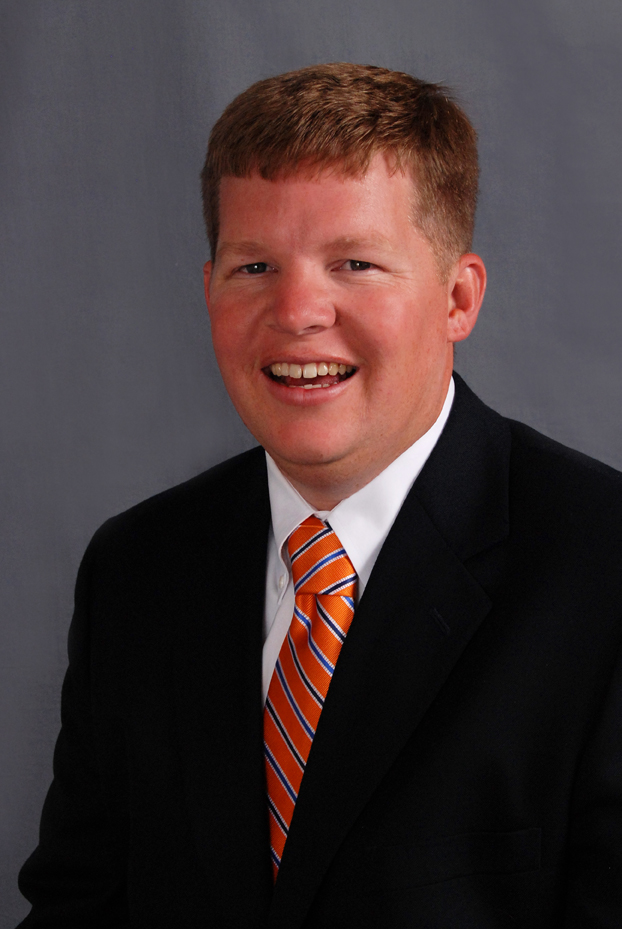 Where does professional liability end and personal liability begin? For design professionals, the line can sometimes be fuzzy, especially with regard to personal injury claims.
Where does professional liability end and personal liability begin? For design professionals, the line can sometimes be fuzzy, especially with regard to personal injury claims.
Now, Florida’s lawmakers have taken steps to limit liability in for design professionals in these cases.
According to a recent announcement by the legal firm of Smith, Currie & Hancock LLP:
“On April 24, 2013 Governor Scott signed Senate Bill 286 into law creating section 558.0035, Florida Statutes. This new law grants individual design professionals employed by a business entity or an agent of the entity immunity from liability for economic damages resulting from negligence occurring within the course and scope of a professional services contract under the following conditions: (a) the contract is made between the business entity and a claimant or another entity for the provision of services to the claimant; (b) the contract does not name an individual employee or agent as a party to the contract; (c) the contract prominently states that an individual employee or agent may not be held individually liable for negligence; (d) the business entity maintains any professional liability insurance required under the contract; and (e) any damages are solely economic in nature and do not extend to persons or property not subject to the contract. The law takes effect on July 1, 2013 and does not state that it is retroactive…
This new law erodes Florida’s common law which has allowed professional negligence claims against an individual design professional based on the professional’s violation of her duty of care to those who may be foreseeably injured. Florida’s common-law imposes a duty of care on all individual professionals that exceeds the duty of care of the general public. Professionals, such as doctors, lawyers, accountants, and design professionals, have always been held to a higher standard of care and associated individual liability for professional negligence. This new law will afford design professionals protections that other professionals do not enjoy.”
For the full, detailed announcement, visit the Smith, Currie & Hancock website.
Shout-Out Credit:
Meade Collinsworth
Collinsworth, Alter, Fowler & French, LLC of Miami Lakes , FL
Email: mcollinsworth@caffllc.com / Phone: 305-822-7800









